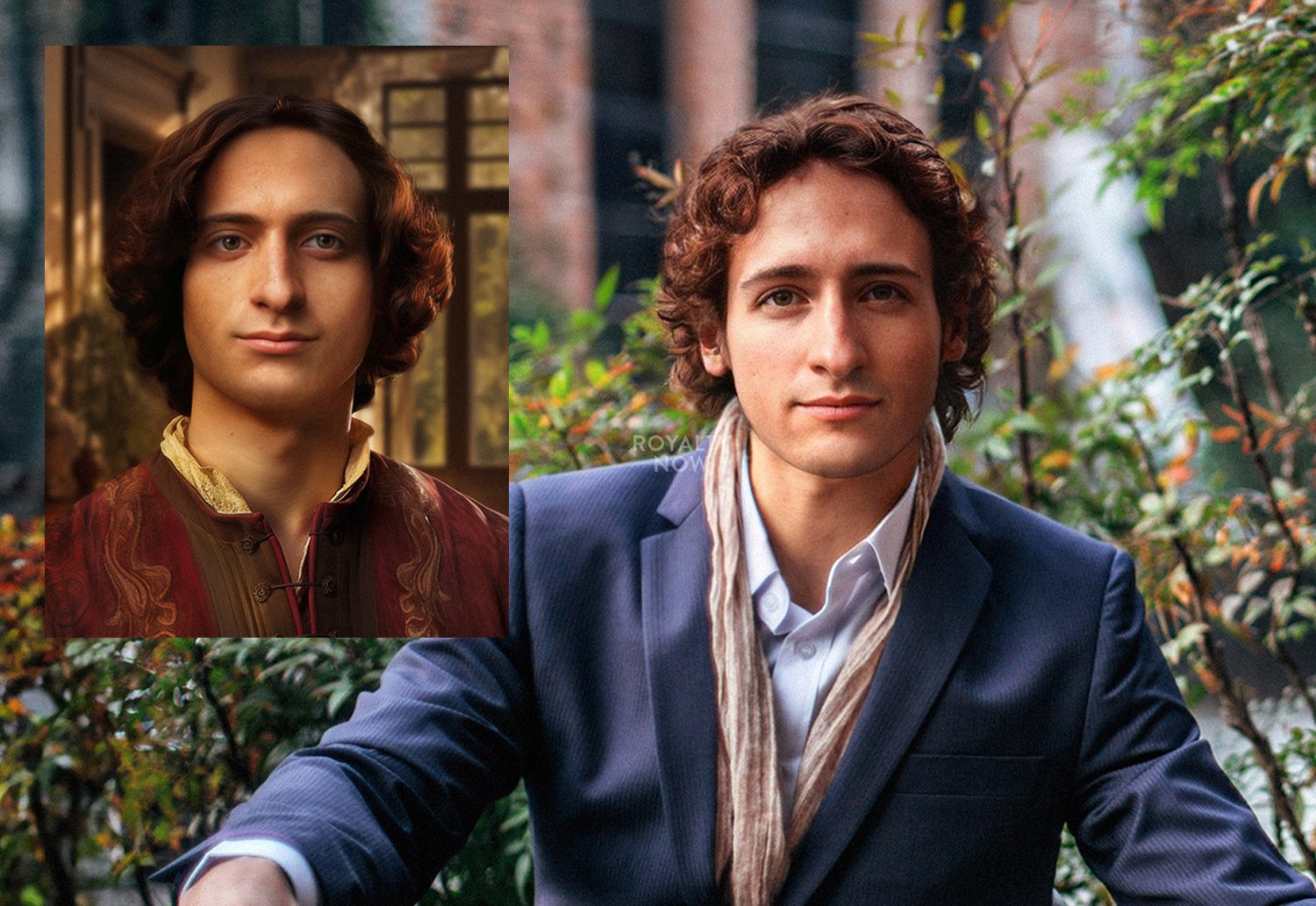Masters of Florence: The Faces of Lorenzo and Giuliano de Medici
Lorenzo de Medici is also known as Lorenzo the Magnificent. Lorenzo and his brother Giuliano were essentially the catalysts for the Renaissance in Florence, Italy during the late 15th century. They espoused Humanist ideals, valuing peace and culture over military conquests, and injected half a billion dollars into art and culture in the late 1400s. Together, they were the joint rulers of Florence.
Andrea del Verocchio bust of Lorenzo de Medici, 15th century
Sadly, the brothers were targeted in 1478 in the Pazzi Conspiracy - a conspiracy to overthrow the Medici family. Giuliano was brutally murdered outside the Florence Duomo, and Lorenzo was wounded but managed to escape.
Today we are talking about what these great men looked like. One brother was known to have strong, unpleasant features. And the other was handsome, known as “The Golden Boy.”
Lorenzo’s likeness has been very well preserved. Most of the depictions of him - including this terracotta bust - were created as copies of waxworks made from life.
According to author Giorgio Vasari, three life size wax models of Lorenzo were made by artist Andrea del Verocchio and wax specialist Orsino Benintendi. They were commissioned by Lorenzo after the failed attempt on his life - they were even dressed in Lorenzo’s own clothes, including the bandages he wore after the attack to serve as a reminder of his heroic survival.
Author Christopher Hibbert described Lorenzo in this passage: “His long flattened nose looked broken and badly set, his jaw jutted forward and his eyebrows above his big, dark, penetrating eyes were irregular and bumpy. He was quite strikingly ugly.”
Yet he was still enormously popular - with a joyful nature, an easy smile, and an animated personality. This also didn’t seem to hurt his chances with women - Italian historian Guicciardini said he was “licentious and very amorous” often going for married women.
Terracotta bust of Giuliano, made from life by Andrea del Verrochio.
It’s believed that Lorenzo suffered from a rare condition called Acromegaly, an oversecretion of growth hormone that changes the appearance over time and enlarges the features.
Giuliano was also good with women. It’s rumored that he may have even been lover to Simonetta Vespucci, a renowned beauty who was painted by many renaissance artists of the time, most notably in the Birth of Venus.
The main portrait we have of Giuliano is this one by Sandro Boticelli, but it was made after his death. The lowered eyes indicate a death mask was possibly used as reference, although the original mask seems to be lost to time. The image I’ve worked from is this statue - made from life by Andrea del Verrocchio. Giuliano would have been just 21 in this image, made three years before his early death.
So let’s check out the faces of Lorenzo and Giuliano, brought to life:
Facial reconstruction of Lorenzo de Medici
Facial reconstruction of Giuliano de Medici







